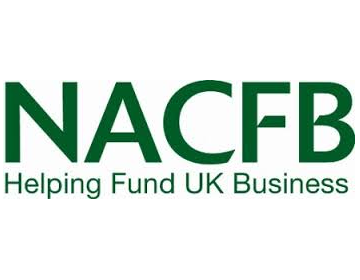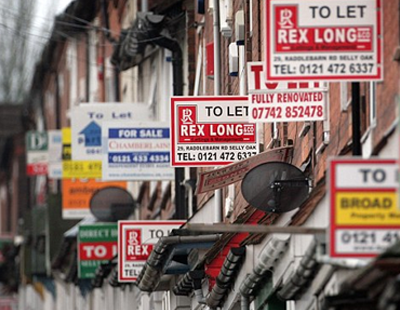
UK Finance says there were 93,680 homeowner mortgages in arrears of 2.5 per cent or more of the outstanding balance in the fourth quarter of 2023. This is 7.0 per cent greater than in the previous quarter.
Within the total, there were 35,940 homeowner mortgages in the lightest arrears band (representing between 2.5 and 5 per cent of the outstanding balance). This was 5.0 per cent greater than in the previous quarter.
There were 13,570 buy to let mortgages in arrears of 2.5 per cent or more of the outstanding balance in the fourth quarter of 2023, 18 per cent greater than in the previous quarter. And within the total, there were 6,800 buy-to-let mortgages in the lightest arrears band (representing between 2.5 and 5 per cent of the outstanding balance). This was 8.9 per cent greater than in the previous quarter.
Mortgages in arrears accounted for 1.07 per cent of all homeowner mortgages outstanding, and 0.69 per cent of all buy-to-let mortgages outstanding in the fourth quarter of 2023.
Some 540 homeowner mortgaged properties were taken into possession in the fourth quarter of 2023, 14 per cent fewer than in the previous quarter; and 500 buy-to-let mortgaged properties were taken into possession in the fourth quarter of 2023, 11 per cent greater than in the previous quarter.
UK Finance says: “Possession is only ever a last resort and after other options have been explored. Across BTL and homeowner mortgaged properties, a total of 1,040 were repossessed in Q4 2023. This compares with nearly 2,000 in Q4 2019 before the pandemic.”
Eric Leenders of UK Finance adds: “The number of mortgage holders in arrears, whilst still low, is continuing to rise as the cost of living and high interest rates take their toll on households. Importantly, help is available to anyone worried about their finances – please reach out to your lender as soon as possible to discuss the support options available. Lenders have teams of trained experts ready to help. Contacting your lender to find out what support is available won’t affect your credit score.”
Mortgage experts, speaking to financial news service Newspage, responded with dismay to the figures.
Ranald Mitchell of Chatwin Private Clients comments: “The increase in arrears is a consequence of the higher interest rates mortgage holders are now facing. Many stretched mortgage affordability to the limits when rates were at all-time-lows and just aren't able to cope. It is a vicious circle of events, as mortgage arrears leave them with a massive black marks on their credit files for the next six years, denying them the everyday credit options that are required in modern living.”
Hannah Bashford of Model Financial Solutions puts it this way: “These statistics will be a stark reminder of the financial stress homeowners and landlords are still under. There is always going to be a lag with this data as there has been the Mortgage Charter and people will have been using their savings to keep making their repayments but as those savings dry up or the end of the six months nears, people who are struggling may fall into arrears. We certainly haven’t seen the end of this and I fear there will be more to come.”
Ben Perks of Orchard Financial Advisers thinks the figures could have been even worse if not for recent initiatives. He says: “You have to ask to what extent is this data being impacted by a combination of the Mortgage Charter and lenders being more lenient given current economic circumstances? The amount of mortgage possession claims has increased, which indicates payment arrears are on the rise, which is no surprise at all in the current climate. Covid, the cost-of-living crisis and rising interest rates have all taken their toll on people's finances. The Mortgage Charter has given people options to reduce payment for six months, so the repossession figures may just be delayed.”


















Join the conversation
Be the first to comment (please use the comment box below)
Please login to comment